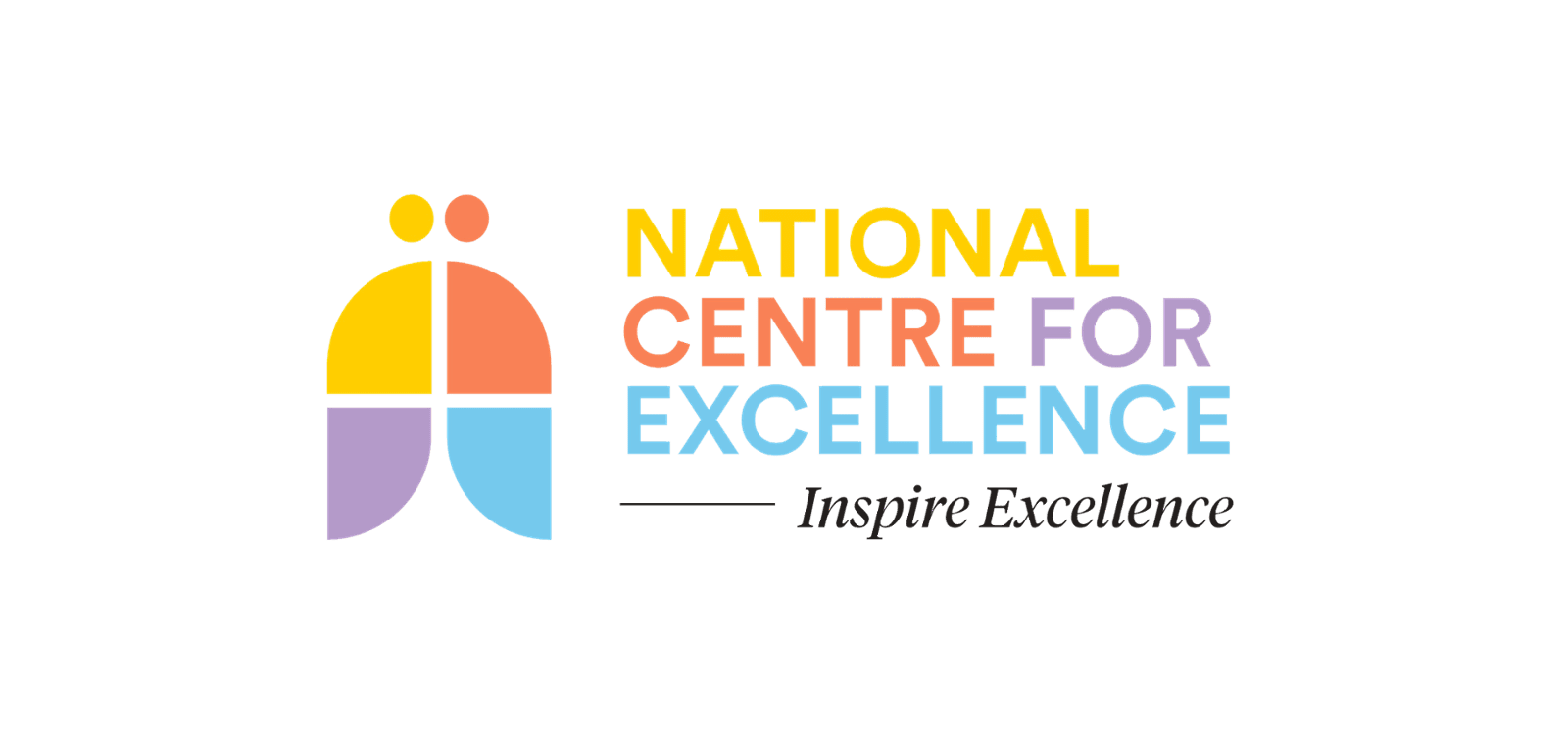Dear NCFE Community,
Buzz around NEP 2020 and what’s in it for parents?
The NEP 2020 was released by the Union Cabinet on 29th July 2020. The purpose of the series of this newsletter is for parents to have an enhanced understanding of the NEP and engage in the education process of our students effectively.
The last three newsletters been decoding the six main areas of the NEP 2020 –
- Creativity
- Multidisciplinary Approach to Learning
- Experiential Learning
- Build on future ready employability skills
- Windowed Assessments
- Transparent Progress Reports
This month’s focus is Multidisciplinary Approach to Learning.
The NEP 2020 envisages a holistic and multidisciplinary education that would aim to develop all capacities of human beings, that is, intellectual, aesthetic, social, physical, emotional, and moral in an integrated manner.
Why do we need a Multidisciplinary Approach to Learning?
Most Indian parents have longed for a professional education for their children that ensures high levels of employability skills.
The dominance of engineering and medicine courses has revealed a lack of real- life skills.
The COVID- 19 pandemic has made us realise the one-sided approach to education that has been practiced for many years.
Today businesses and economies are completely being reshaped and our definition of productivity is being redefined.
Today’s world needs to study varied disciplines and human behavior as a whole. This will complement the prevalence of Artificial Intelligence and Machine Learning, which is the future of learning.
A Multidisciplinary Approach to Learning allows students to be empowered with a rich view of the world with the varied perspectives they view as a challenge.
Multidisciplinary Approach to learning develops varied skills like:
Critical Thinking Skills
Self- Management
Adaptability
Analysis and Problem Solving
Communication and Literacy
Application of Informed Technology
Flexibility
Synthesis of Ideas
Prof. Sreeram Sundar Chaulia, Dean, Jindal School of International Affairs states that - “Consciously breaking down boundaries between disciplines, students can take up courses from different schools. This means the breadth and depth of university education are tremendously enhanced. The most effective universities are always multidisciplinary,”
This not only exposes students to new and diverse disciplines, concepts, thoughts or perspectives, but also helps them discover what interests them, and how to link their specialised areas of study to other variables. You could be studying public policy and at the same time, taking courses on journalism, law or environment and be better for it.
What is Multidisciplinary Approach to Learning?
A multidisciplinary approach to learning will help develop well-rounded individuals that possess critical 2lst century capacities in various fields, including arts, sciences, humanities, languages, social sciences, professional, technical, and vocational.
While defining holistic education areas of ethics of social engagement, communication, discussion, debate, and rigorous specialization fit in inclusively.
The ‘HOW’ of Multidisciplinary Approach to Learning
The International Bureau of Education (IBE-UNESCO) specifies three major types of contemporary approach to curriculum integration: multidisciplinary, interdisciplinary and transdisciplinary.
- Multidisciplinary curriculum is studying a topic from the viewpoint of more than one discipline and solving a problem using a different disciplinary approach (Klaassen, 2018). For example, reducing the CO2 emissions from a car can be achieved by studying how to develop fuel chemistry or by studying how to improve car engine performance
- Interdisciplinary curriculum is understanding theories that cut across disciplines and highlight the process and meaning rather than combining different discipline contents (Odeh et al., 2017). For example, the design of a medical device requires engineering skills as well as the knowledge of a specific human organ’s function
- Transdisciplinary curriculum is removing the boundaries between the core disciplines, integrating them to construct new context of real-world themes and introducing a sub-major stream course (Doyle et al., 2018). For example in the last century, mechanical engineering curriculum has been integrated with the electronics and computer engineering curriculum to introduce the mechatronics engineering curriculum, which is called now robotics
The practice of eradicating silo teaching of disciplines to integrating disciplines provide scope for developing key employability skills.
When projects like building a community garden, setting up a store or creating a piece of music, art and drama for charity will encourage application of life skills.
Read more:
What’s NCFE Doing?
NCFE teachers work in a horizontal manner with teachers of varied disciplines in the same Grade to develop a Multidisciplinary Integrated Project. The project gets executed through concepts that blend well across disciplines:
A good example of Multidisciplinary Approach is the Global Citizenship Curriculum. So watch it for what our children do from a multidisciplinary approach when they share their activities with you.
Resources:
Serving you,
Ms. Sunalini Benjamin
Chief Operating Officer
VKGI- NCFE
